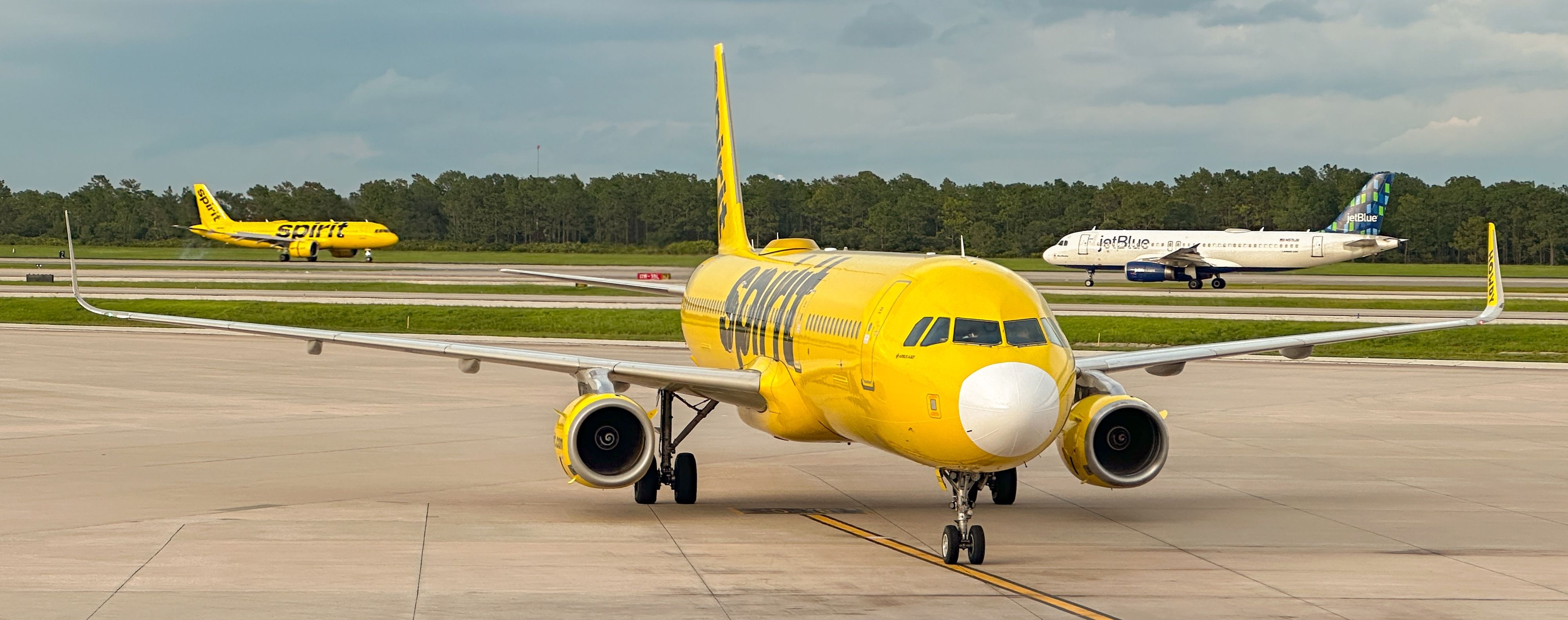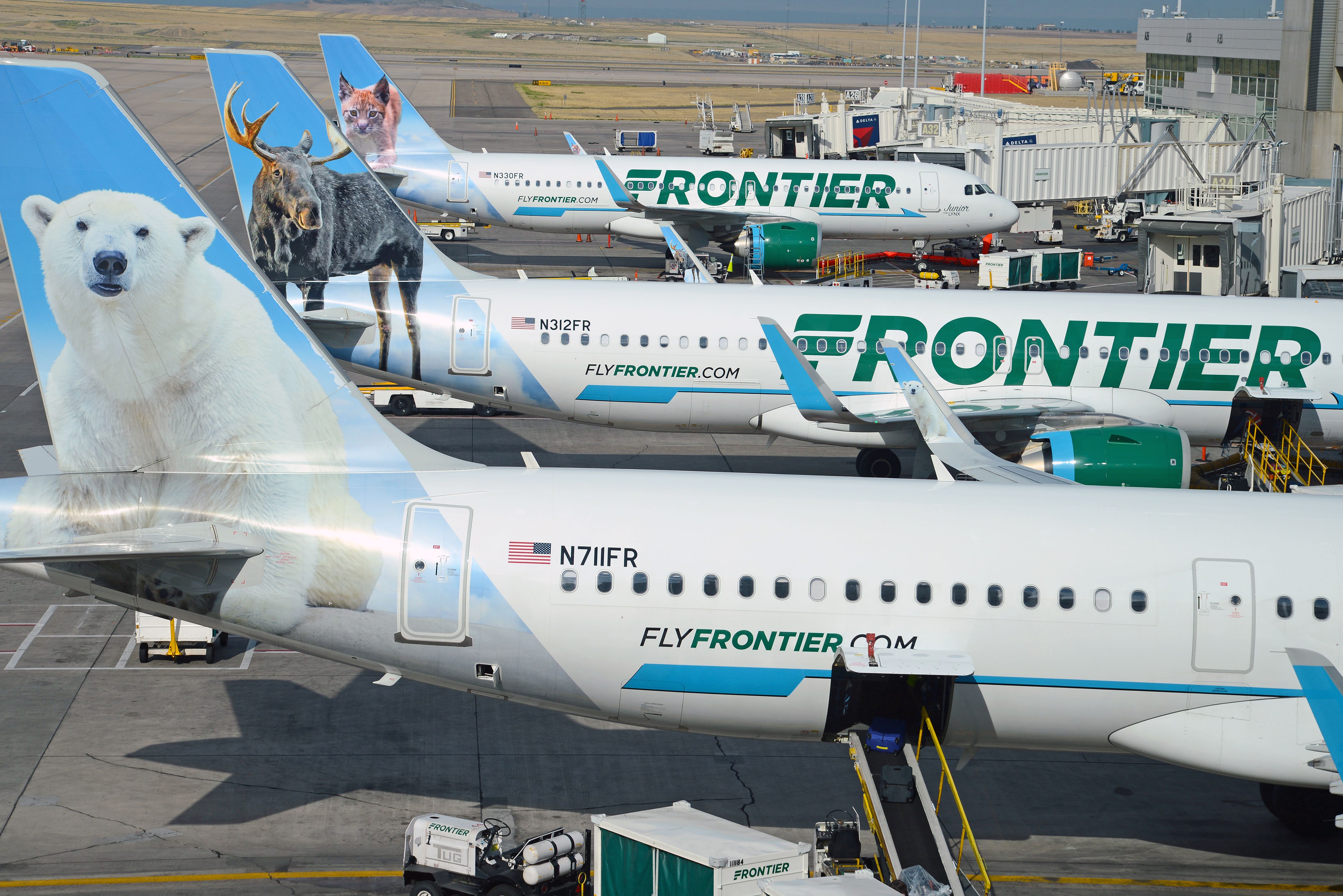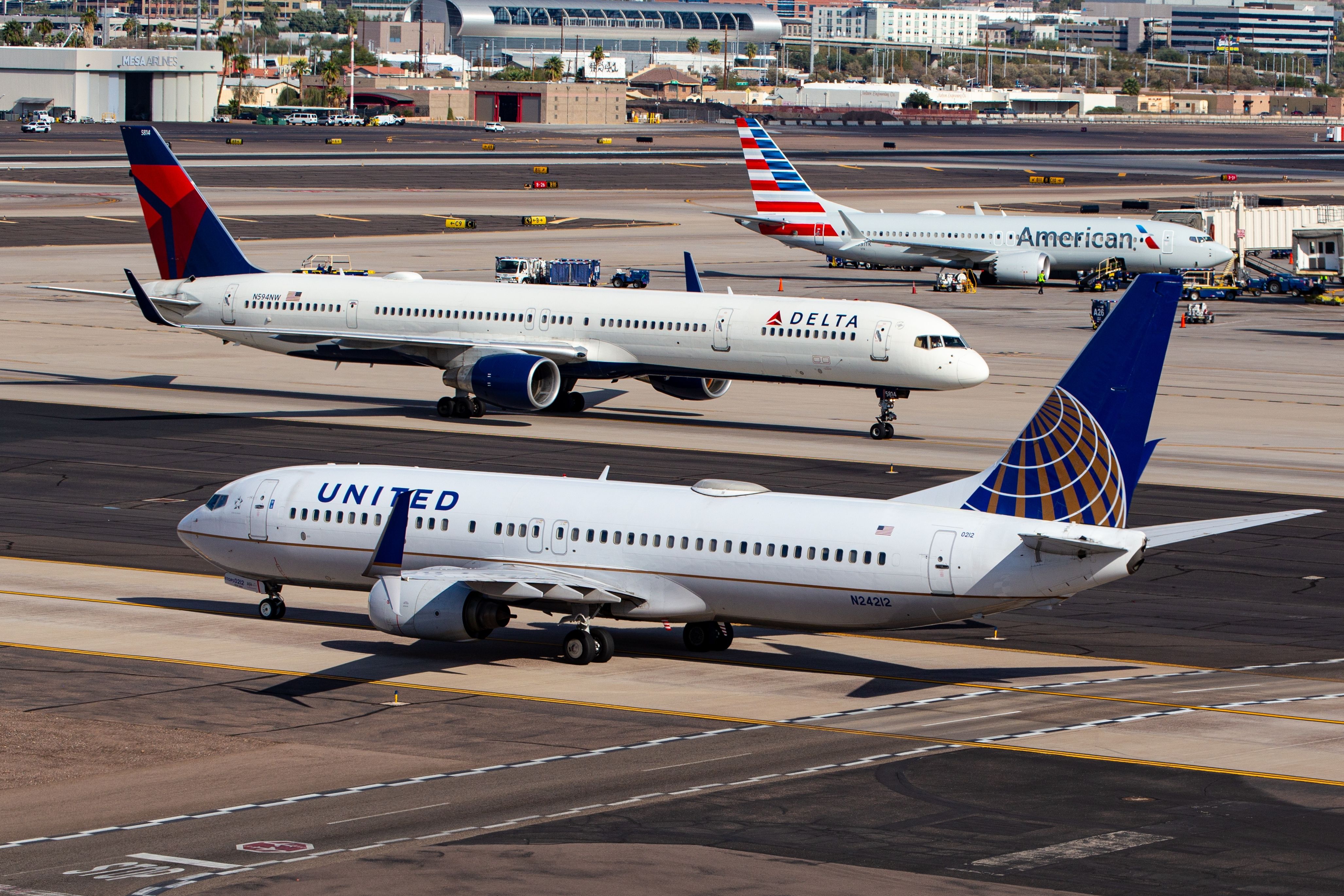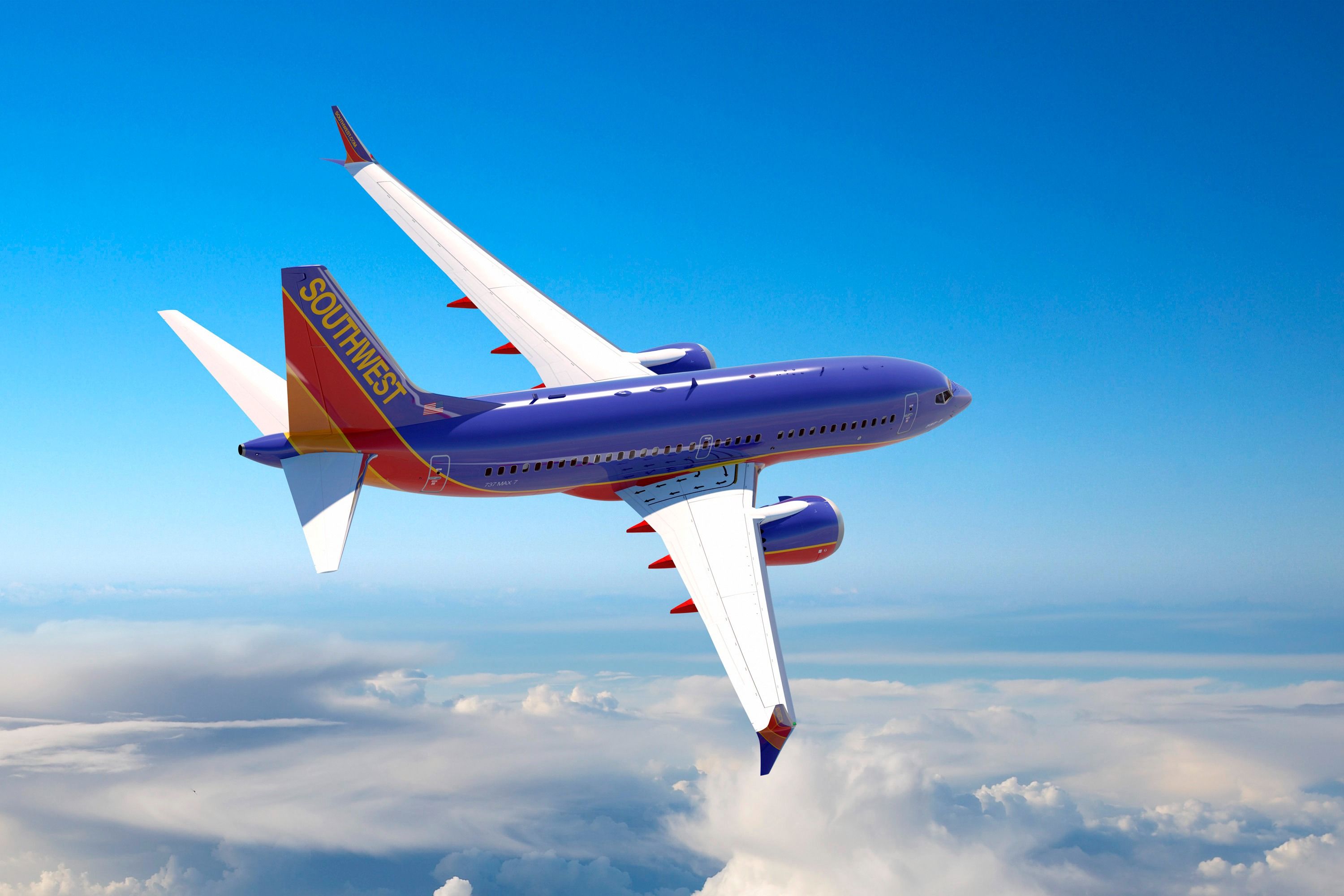According to an advance estimate by the US Commerce Department, the United States' economy is slowing, including a 0.3% drop in real gross domestic product (GDP) in Q1. If the trend does not reverse, travel could also suffer, as consumers would be less willing to spend on non-critical items such as air travel.
Since it is unlikely that the current US administration will reverse course on its trade policies that have sent shocks through the global economy, airlines could also feel the pinch, which so far has affected low-cost carriers more than full-service airlines. In part, they had been struggling even before Donald Trump became the President of the US, and they are entering a potential downturn in a worse position.

According to data from the aviation analytics company Cirium’s Diio Mi airline planning tool, the US airlines, which, according to statistics from the Department of Transportation (DOT), include Alaska Airlines, American Airlines, Delta Air Lines, Frontier Airlines, Hawaiian Airlines, JetBlue, Southwest Airlines, Spirit Airlines, and United Airlines, have made adjustments to their schedules for the next few months. SkyWest Airlines has been excluded from the list since it provides capacity on flights marketed by full-service carriers.
For example, JetBlue, which has been undergoing its transformation plan called ‘JetForward’ since July 2024, which includes capacity cuts to focus its network on the East Coast, has removed 213 weekly flights in May with the latest schedule update. Year-on-year (YoY), its weekly departures are 7.8% lower, despite the fact that just last week, they were 4.4% lower during the month. The airline made cuts to its schedule up to October.
Spirit Airlines, which exited its Chapter 11 bankruptcy proceedings on March 12 and ended 2024 with an eye-watering $1.2 billion net loss, has not made recent changes to its near-term schedules. However, the low-cost carrier will offer 19.3% fewer flights between May and September compared to the same period in 2024. Frontier Airlines is in a similar position, with the airline’s five-month (May to September) schedules offering 12.6% fewer flights YoY. Barry Biffle, the Chief Executive Officer (CEO) of Frontier Airlines, said during the company’s Q1 earnings call that its results were lower than expected due to a disruption to travel demand in March.
“This sudden change in demand was driven by the macro uncertainty that’s been widely reported, and it led to aggressive pricing and promotions across the industry. We experienced an outsized impact given the domestic leisure concentration of our business.”

Biffle emphasized that planned capacity moderation across the industry was “constructive” and that Frontier Airlines would focus on elements that it can control, including capacity and costs. “We significantly reduced capacity through our mid-November selling schedule with the adjustments focused on the off-peak days of the week,” Biffle added, stating that Q2 capacity would be down in the low single digits YoY. Similar reductions should follow in H2 205, according to the CEO.
Jimmy Dempsey, the President of Frontier Airlines, provided additional color, saying that cuts will also be immediate. In March, the carrier reassessed its capacity deployment from May, with a focus on Tuesdays, Wednesdays, and Saturdays. “Our expectation is that the adjustment in capacity will continue for the remainder of this year, such that off-peak flying in summer will now be approximately half of our peak day flying,” Dempsey added.
According to Cirium’s Diio Mi, in June 2024, Frontier Airlines had 4,632 weekly flights, including 619, 634, and 615 departures on Tuesdays, Wednesdays, and Saturdays, respectively. During the same three days in June 2025, the numbers have dropped to 364, 378, and 553, with its overall weekly flights during the month going down to 4,218.
 Southwest Airlines, which had a proxy battle with an activist investor that lasted for several months in 2024, has only reduced its weekly departures in June by 2%. However, the company warned in its update following the release of its Q1 results that it is “difficult to forecast given recent and short-lived booking trends,” and that it would not reiterate its full-year 2025 and 2026 guidance.
Southwest Airlines, which had a proxy battle with an activist investor that lasted for several months in 2024, has only reduced its weekly departures in June by 2%. However, the company warned in its update following the release of its Q1 results that it is “difficult to forecast given recent and short-lived booking trends,” and that it would not reiterate its full-year 2025 and 2026 guidance.

However, American Airlines, Delta Air Lines, and United Airlines have had a somewhat different tone during the past few weeks, including during their respective Q1 earnings calls. Ed Bastian, the CEO of ![]() Delta Air Lines, said that while the demand environment forced the carrier to reverse its growth plans, it continues to see “greater resilience in international and our diversified revenue streams, including premium and loyalty, reflecting the underlying strength of our core consumer.”
Delta Air Lines, said that while the demand environment forced the carrier to reverse its growth plans, it continues to see “greater resilience in international and our diversified revenue streams, including premium and loyalty, reflecting the underlying strength of our core consumer.”
Scott Kirby, the CEO of ![]() United Airlines, was seemingly even more confident in the airline’s future prospects, saying that a “softer macroeconomic environment is driving both volatility in the market and softer demand for travel.” At the same time, the economic environment confirmed two things: that the carrier’s performance is strong because it has won the battle for brand-loyal customers, and that, as a consequence, its financial metrics showcased it is resilient to downturns like never before.
United Airlines, was seemingly even more confident in the airline’s future prospects, saying that a “softer macroeconomic environment is driving both volatility in the market and softer demand for travel.” At the same time, the economic environment confirmed two things: that the carrier’s performance is strong because it has won the battle for brand-loyal customers, and that, as a consequence, its financial metrics showcased it is resilient to downturns like never before.
![]() American Airlines, unfortunately, could not join in on the – profitable – fun. While the two aforementioned full-service carriers ended Q1 with a net profit, American Airlines’ net loss increased by 51.6% YoY to $473 million. During the airline’s quarterly earnings call, Robert Isom, the President and CEO of the company, had no choice but to reiterate that American Airlines is withdrawing its full-year outlook. Still, Isom stated that “if current demand trends continue, we expect to deliver a profitable year,” sharing a similar sentiment to his counterparts: while domestic demand suffered due to lower US consumer discretionary spending, its “premium and loyalty revenues continued to show strength” YoY.
American Airlines, unfortunately, could not join in on the – profitable – fun. While the two aforementioned full-service carriers ended Q1 with a net profit, American Airlines’ net loss increased by 51.6% YoY to $473 million. During the airline’s quarterly earnings call, Robert Isom, the President and CEO of the company, had no choice but to reiterate that American Airlines is withdrawing its full-year outlook. Still, Isom stated that “if current demand trends continue, we expect to deliver a profitable year,” sharing a similar sentiment to his counterparts: while domestic demand suffered due to lower US consumer discretionary spending, its “premium and loyalty revenues continued to show strength” YoY.










